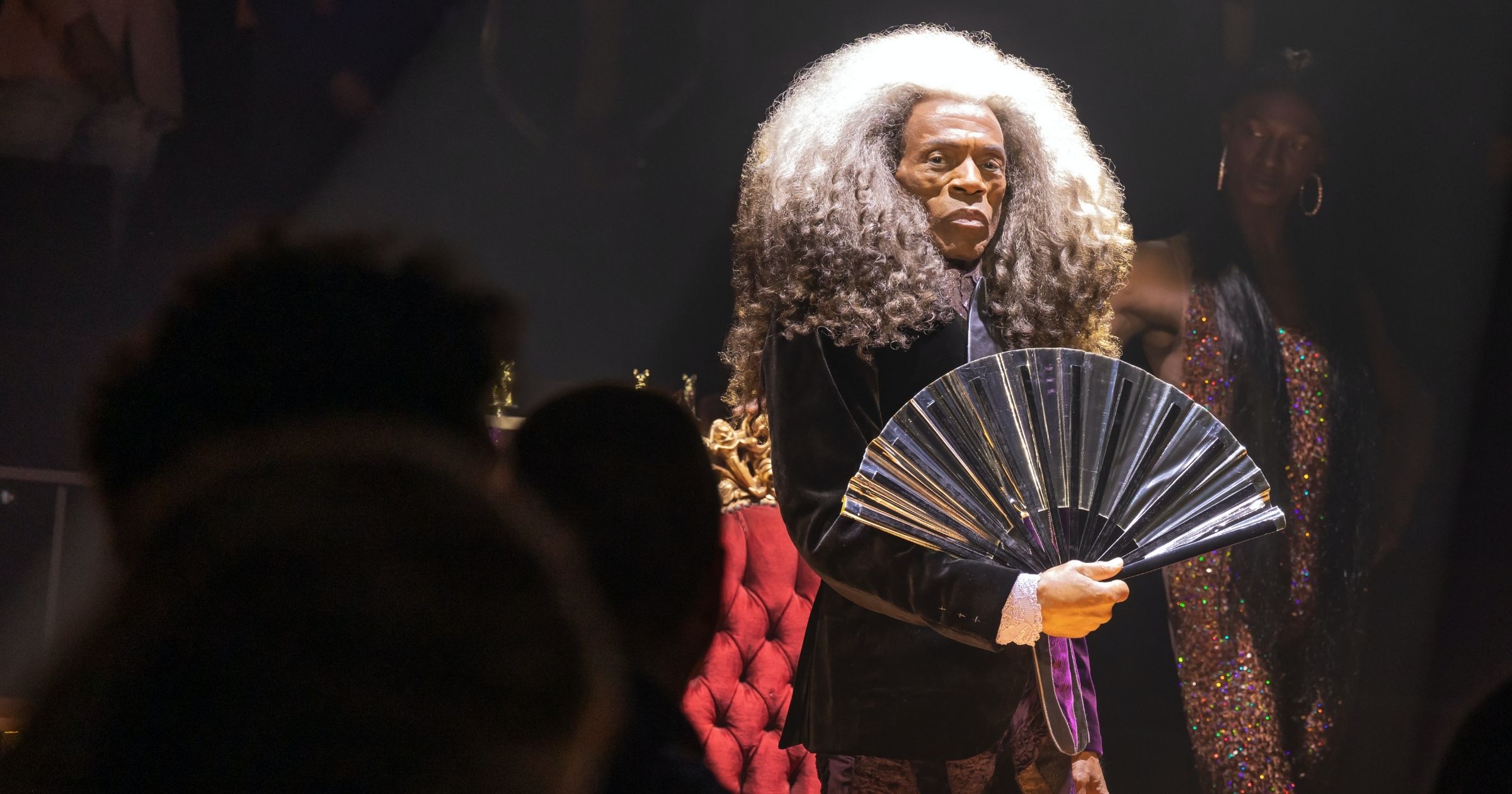A Closer Look at Trees
Trees are being destroyed worldwide by deforestation, development and the effects of climate change. Botanical gardens are at the forefront of the fight to save them—and a new traveling exhibition at The Huntington invites groups into the conversation.
Out of the Woods: Celebrating Trees in Public Gardens opens at The Huntington Library, Art Collections, and Botanical Gardens on May 19, 2018. Robert Hori, gardens cultural curator and program director, offers an inside look at the exhibition and what it means for The Huntington and its visitors.
Groups Today: Could you tell us a bit about Out of the Woods and its importance?
Robert Hori: Organized by The New York Botanical Garden and the American Society of Botanical Artists, this traveling exhibition of original botanical artworks spotlights one of the planet's most important and beautiful resources—its trees—as cultivated by botanical gardens and arboreta. The exhibition highlights the role public gardens play in engaging visitors with trees and their ecological and utilitarian roles, and also underscores the conservation, research and scholarship being undertaken by these institutions.
From more than 200 submitted entries, 43 artworks were selected for the exhibition, featuring images of trees from small county arboreta alongside those from some of the world's most renowned botanical gardens—including The Huntington.
Working in watercolor, oil, graphite, colored pencil and ink, an international collection of artists has depicted everything from seedpods, branches and bark to an entire forest floor. By bringing these subjects to life through their work, botanical artists create new pathways for communicating the value of plants in contemporary life.
GT: Why was The Huntington Library interested in running this exhibition?
RH: The mission of the Huntington Library, Art Collections, and Botanical Gardens is to promote education and research through its collections. Many visitors to the botanical gardens are so overwhelmed by the natural beauty that surrounds them that they may not realize that we are also an important repository of plants. In the same way that library and art galleries safeguard collections, the botanical gardens collect, study and propagate both common and endangered plants. For example, our Desert Garden features plants that were once commonly found in nature but—due to development—have lost their natural habitat and can only be found in botanical gardens.
GT: What tree species will groups see in the Botanical Gardens that are depicted in Out of the Woods?
RH: Out of the Woods features works by seven artists who are members of the Southern California chapter of the American Society of Botanical Artists. The tree specific to The Huntington is the California Sycamore, depicted by Deborah Friedman.
In the exhibition catalog, Deborah elaborates on her selection:
"This tree filled me with inspiration because of the rich variety of textured material, brilliant magenta female flowers, colorful puzzle shaped bark, and majestic architecture. There was also a sentimental reason for choosing this particular tree. As a child I rode my bike along a ridge while watching red tailed hawks soar through the canyon below where the birds nested in the massive sycamore tree tops. This is a cherished childhood memory."
"I went to the Huntington Library, Art Collections and Botanical Garden for this project because I had attended a fascinating class about trees at the Huntington taught by Jim Folsom, who is the director of Botanical Gardens. The California native sycamores are growing beside an outdoor cafe where Jim presented some of his lecture material, which included information about the sycamores. I have since spent many afternoons at the Huntington wandering the gardens while admiring the tree collections."
GT: What would you like visitors to The Huntington Library to take away from Out of the Woods?
RH: The works in the exhibit feature trees in all of their seasonal beauty and various stages of development. I hope the exhibit will encourage viewers to take a closer look at trees in the gardens and to return to see how they are continuously changing throughout the year.
Photo: Ann S. Hoffenberg, Paperbark Maple (2017), Acer griseum, Rutgers Gardens, New Brunswick, New Jersey. Watercolor on paper, 9 x 13 inches. © Ann S. Hoffenberg. Courtesy of the American Society of Botanical Artists and the New York Botanical Garden.
Edited by Cassie Westrate, staff writer for Groups Today.



